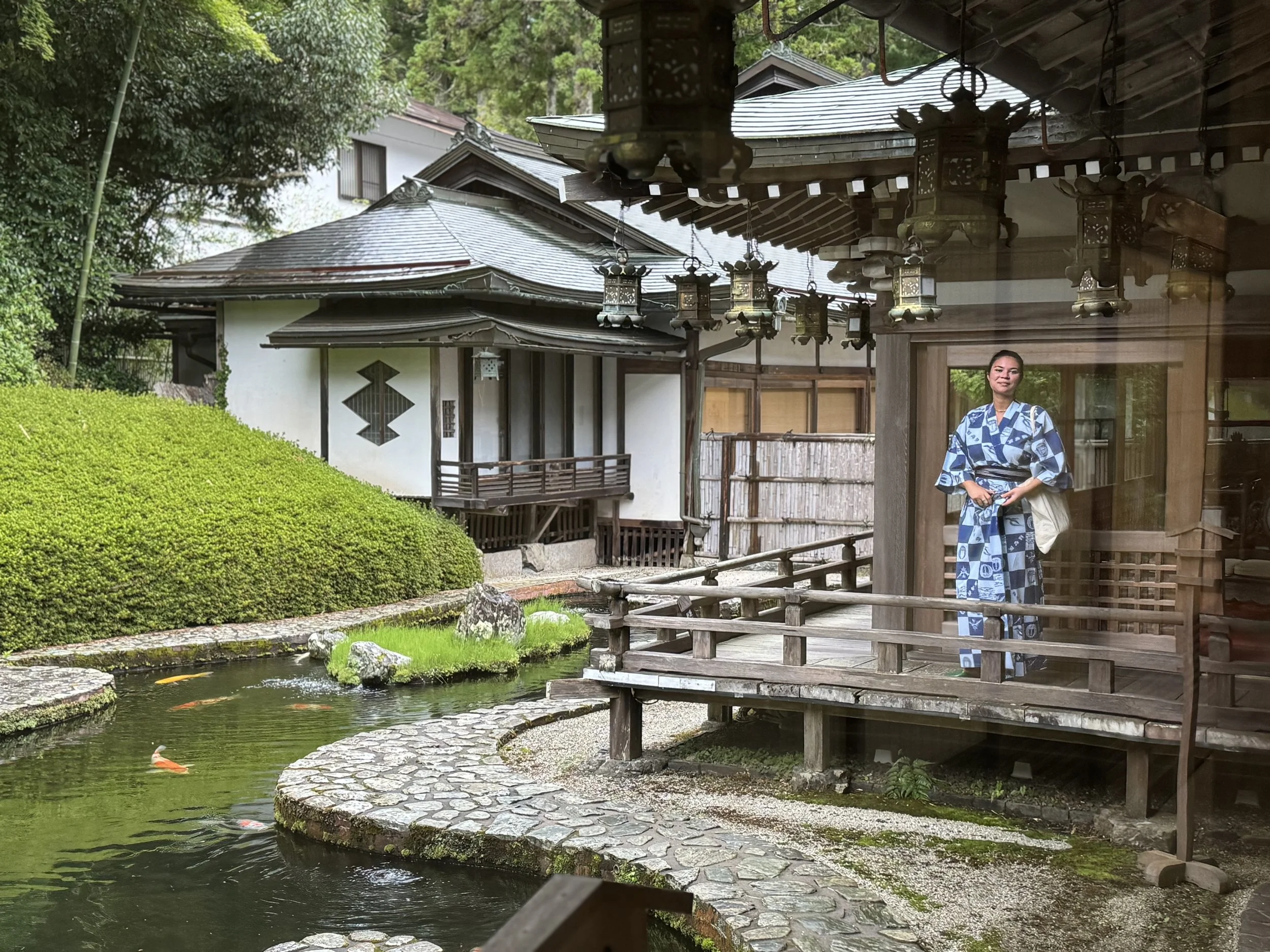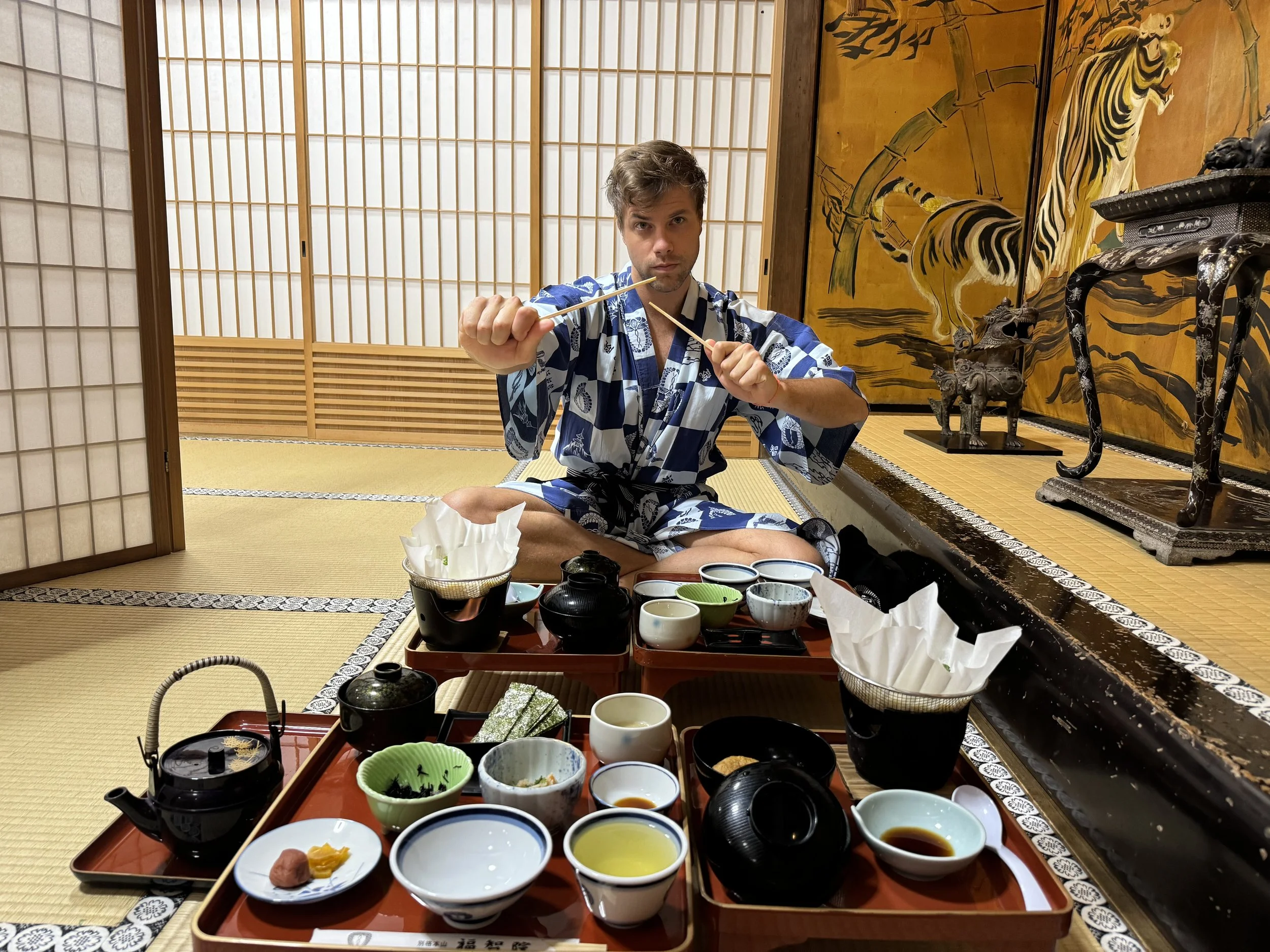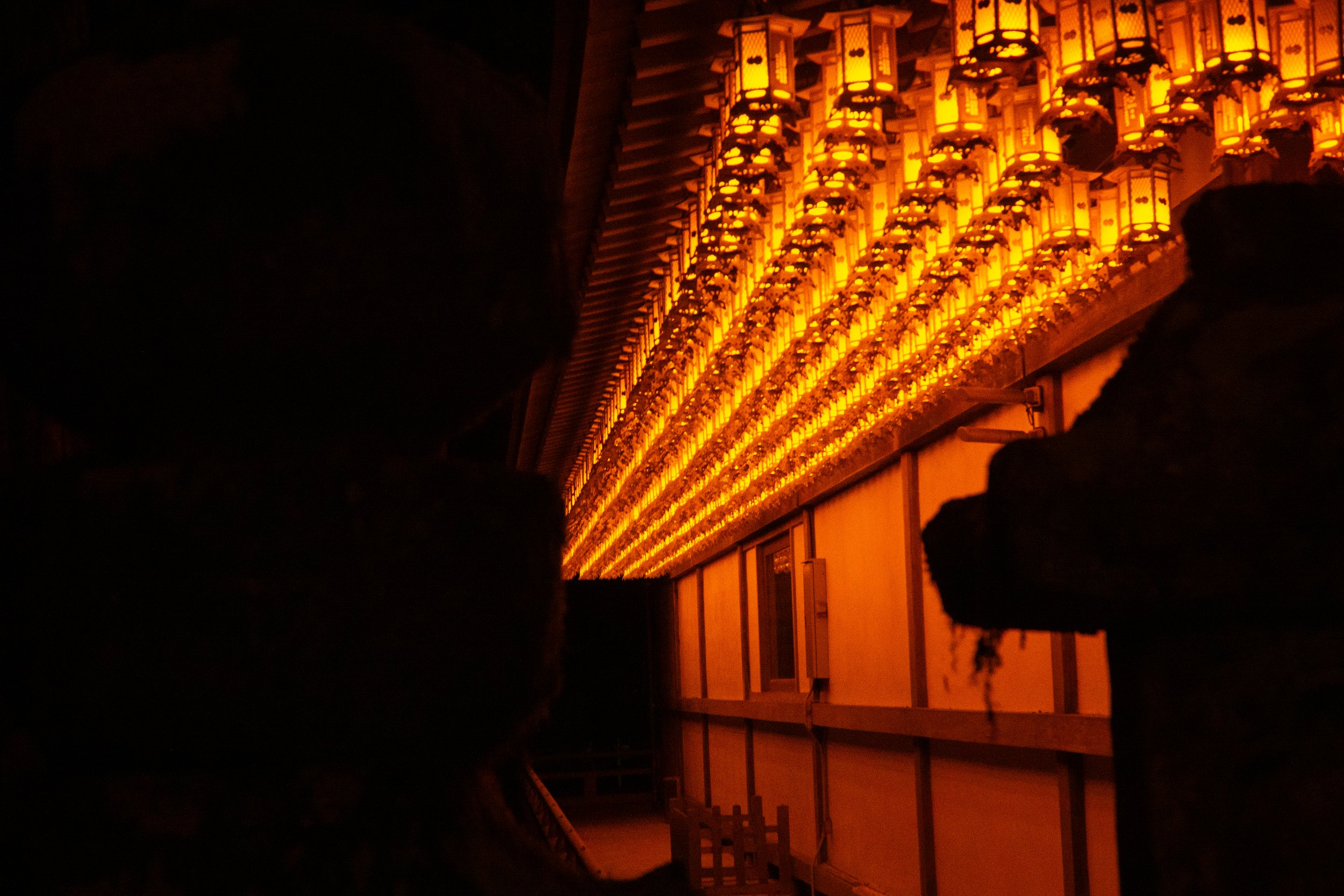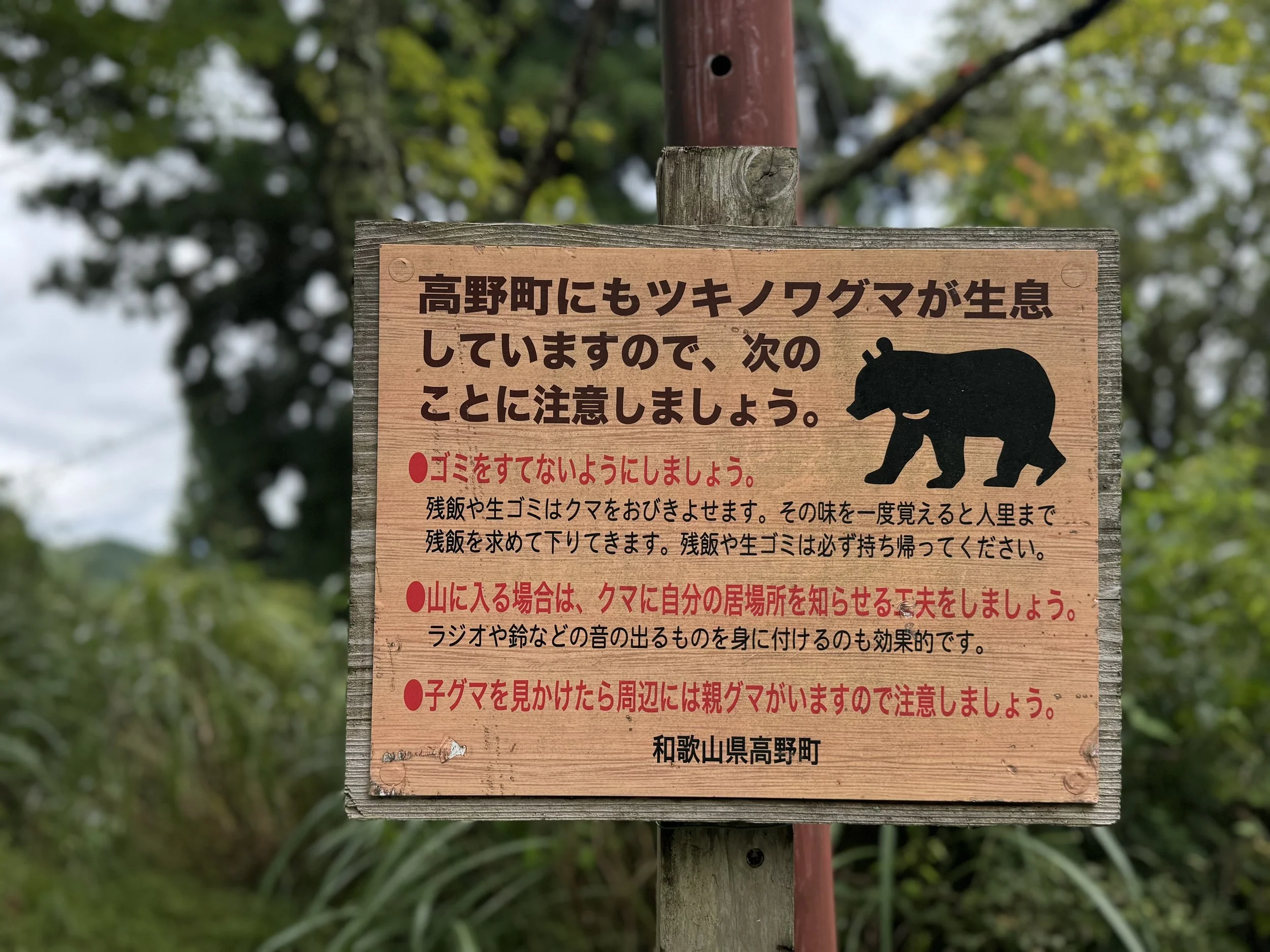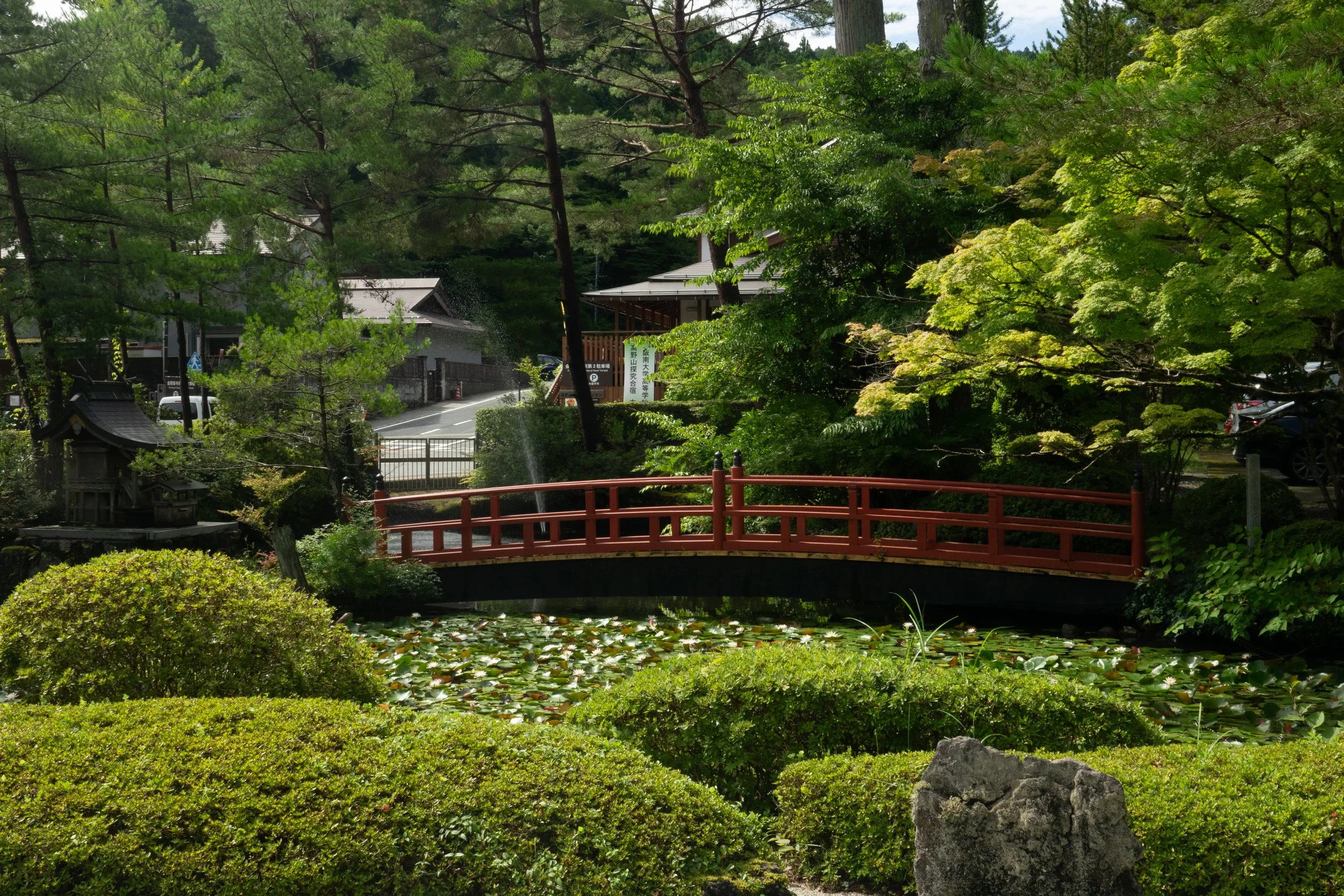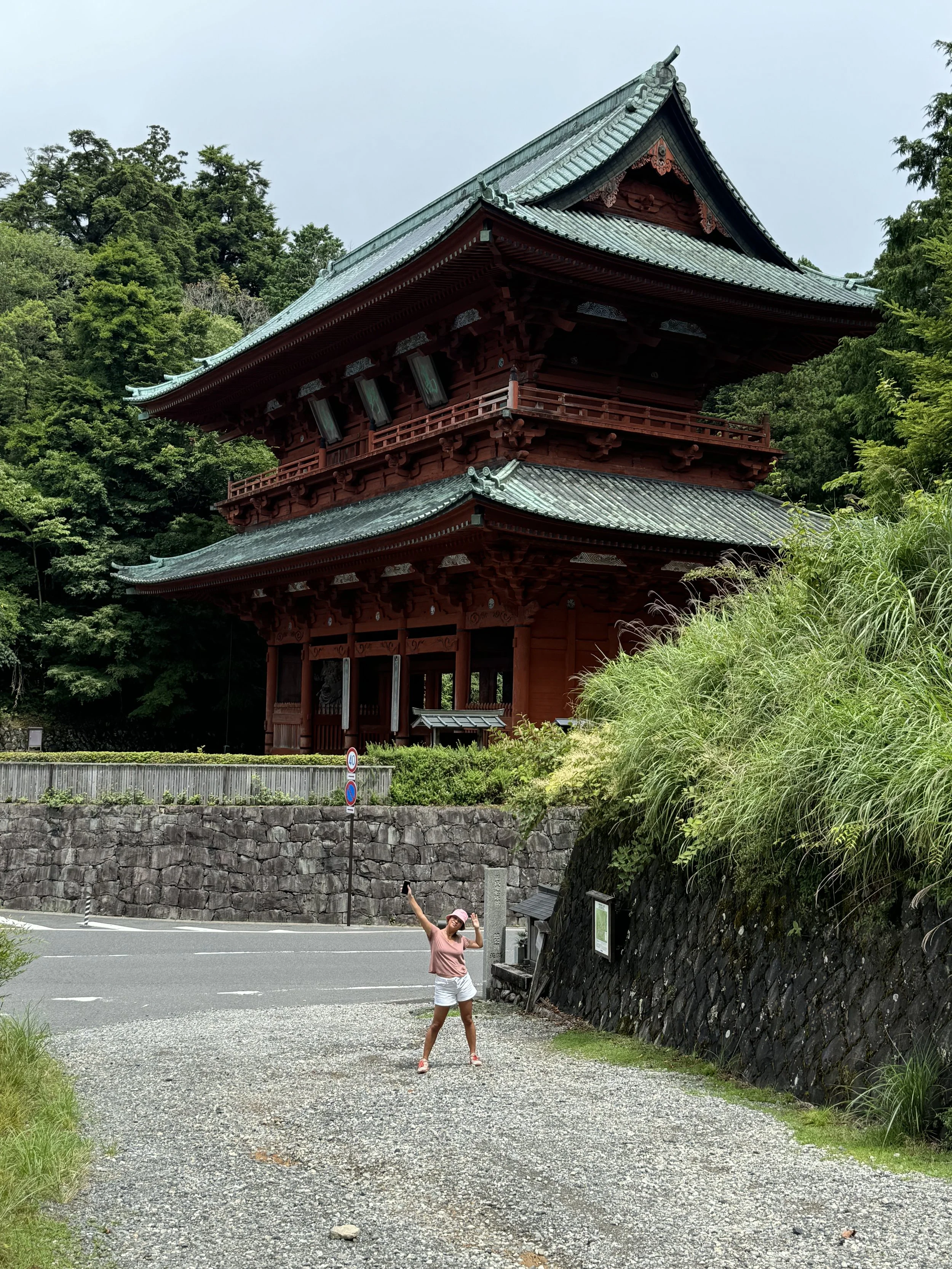Off the Beaten Path: Our Spiritual Temple Stay in Koyasan, Japan - Japan Blog 2
If you're looking for something truly different in Japan—beyond neon-lit cities and busy bullet trains—Koyasan (Mount Koya) might just be your next favorite place. Tucked away high in the mountains of Wakayama Prefecture, this remote temple town is a UNESCO World Heritage Site and the spiritual heart of Shingon Buddhism.
We came here looking for a unique experience—and found a world of misty forests, ancient rituals, monk-run guesthouses, and total tranquility. Here's how our unforgettable journey unfolded.
Day 1: Trading Skyscrapers for Sacred Silence
Our adventure began in bustling Osaka, but within a few hours of scenic train rides, we found ourselves in another world entirely. As the cable car pulled us up into the clouds, we could already feel Koyasan's peaceful energy taking over.
We checked in at Fukuchi-in Temple, our home for the next two nights. This isn’t your typical accommodation—this is a shukubo, a traditional Buddhist temple stay. Paper sliding doors, tatami mats, serene rock gardens, and an atmosphere that just... hushes you. Shoes off. Yukata on. Mind: instantly calmer.
Most temples in Koyasan offer an onsen-style bath, and Fukuchi-in was no exception. Although we couldn’t film inside, the ritual of soaking in hot water after scrubbing clean was deeply rejuvenating. It’s a full reset of the body and soul.
Dinner was a feast of shojin ryori—a vegetarian Buddhist cuisine that completely surprised us. We had no clue what half the dishes were, but every bite was thoughtfully prepared, beautifully presented, and full of flavor. Who knew tofu and mountain vegetables could feel like fine dining?
Buddhist dinner in Koyasan
Buddhist dinner in Koyasan
Night 1: A Rainy Walk Through Japan’s Largest Cemetery
After dinner, we ventured out in light summer rain to Okunoin Cemetery, a place with over 200,000 tombstones nestled among towering cedar trees. It’s the resting place of Kobo Daishi, the founder of Shingon Buddhism and the spiritual force behind Koyasan.
What makes this site so mystical? Many believe Kobo Daishi isn’t dead but in eternal meditation, and monks still bring him offerings each day. Lanterns glow gently in the rain, moss-covered statues line the paths, and the silence feels... alive. It's not spooky—it’s humbling.
We fell asleep that night with the sound of rain on the temple’s wooden beams and the soft glow of lamps through rice paper doors. Magical.
Okunoin Cemetery - Koyasan
Day 2: Morning Rituals & a Walk Through Time
We woke up at sunrise to join a monk ceremony inside the temple. While filming wasn’t allowed, it was a moment we won’t forget—chanting, incense, and the deep calm of practiced tradition.
Breakfast, again, was another artful meal of monk cuisine—simple yet nourishing. Then, we threw on our walking shoes for a light trek on a pilgrimage trail. Koyasan is connected to the ancient Kumano Kodo, a sacred network of paths used by monks for centuries. Along the trail, you’ll find stone markers (choishi) and Jizo statues, meant to protect travelers and guide the way.
We also visited multiple temples throughout the day—over 100 are scattered across Koyasan, each with its own story and spiritual character.
Koyasan Temples
Koyasan Garden
Koyasan Gate
As the afternoon faded, we stumbled upon a small, rustic sushi place tucked away on a quiet side street. It felt totally out of place in a mountaintop town known for vegetarian cuisine—but wow, it was incredible. The fish was fresh, the presentation minimal, and the surprise? Pure joy.
Day 3: Saying Goodbye (and Hello to a Delay)
We ended our stay with one last peaceful breakfast and headed off to Kyoto—until we hit a rare surprise in Japan: a train delay! Even here, travel teaches you to slow down and adapt. Stuck in the quiet beauty of Japan’s countryside wasn’t the worst place to be.
Why You Should Visit Koyasan
Koyasan is not just a place to visit—it’s a place to feel. It invites you to slow down, reflect, and absorb centuries of tradition. Whether you're staying overnight at a temple like Fukuchi-in or visiting on a day trip from Osaka or Kyoto, this mountain town is an unforgettable experience.
FAQ: Visiting Koyasan
How do you get to Koyasan?
From Osaka, take the Nankai Line to Gokurakubashi Station, then a cable car up to Koyasan. It’s about 2.5–3 hours in total.
What is a shukubo?
A shukubo is a traditional temple lodging where you can sleep, eat monk cuisine, and sometimes join morning ceremonies.
Is it okay for non-Buddhists to stay in a temple?
Absolutely. The monks are welcoming, and many temple stays are set up for travelers—just respect the customs and quiet.
Can you visit Koyasan as a day trip?
Yes, but we highly recommend staying overnight. The quiet nighttime walk through Okunoin is a highlight you’d miss otherwise.
When is the best time to visit Koyasan?
Koyasan is beautiful year-round. Summer is lush and green; autumn brings colorful leaves; winter adds a magical snow-dusted silence.
Is Koyasan good for hiking?
Yes! Even if you only do a short section of the Kumano Kodo pilgrimage route, it’s a peaceful and scenic walk.
What should I pack for a temple stay?
Comfortable clothes, socks (since you’ll remove shoes), and an open mind. Yukata and meals are provided.
Let us know in the comments if you’ve been to Koyasan or if it's going on your bucket list. And stay tuned—Kyoto is next! 🛕🎒🇯🇵

